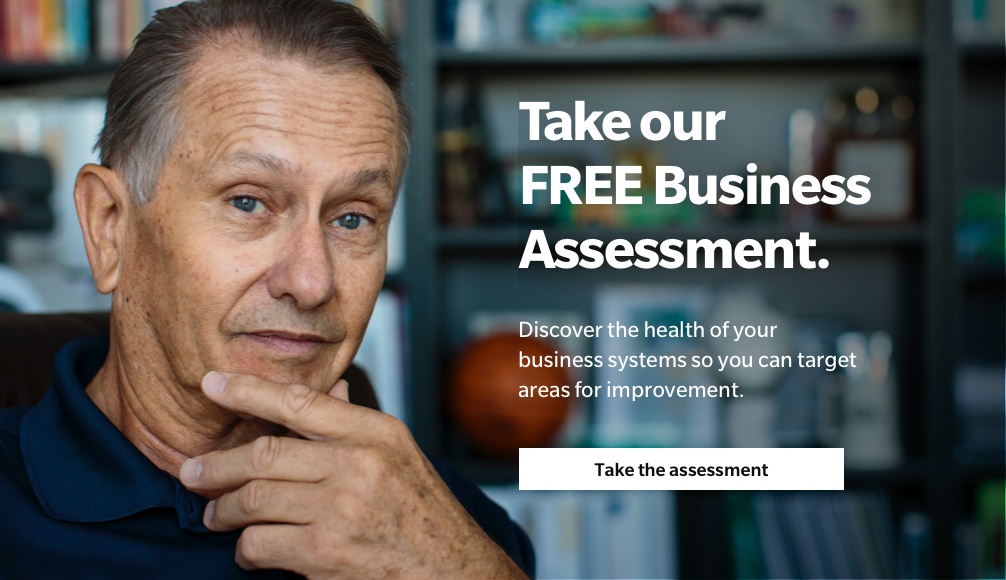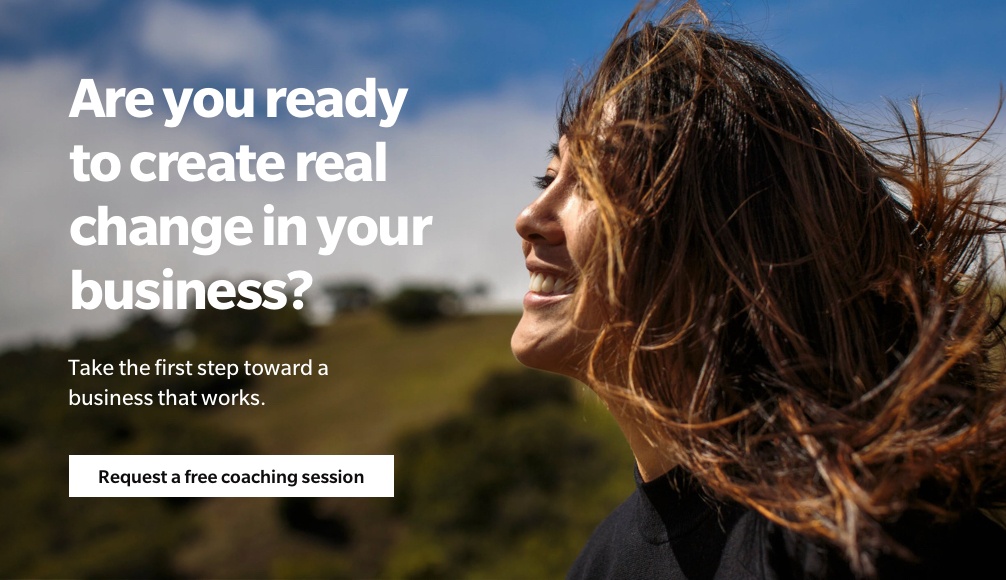If you’re like many business owners, you started your business by letting customers choose you—you hung a sign up outside and said yes to anyone who walked through the door. And while this is a great way to get your business off the ground initially (and sometimes the only way), it’s not sustainable in the long run. If you’re not selective about the customers you serve and the type of products or services you offer them, you could quickly steer your business away from your strategic goals, potentially make compromises that cost you money and prevent your business from growing at all.
In the last five months, the pandemic has made it even more important to choose your customer wisely, especially if you’ve experienced increased business but scarcity in supply and human resource.
Everyone is not your customer.
—Seth Godin
Remember, while your potential market consists of everyone, not everyone is your ideal customer—especially in unstable times. It’s important to identify the customers you want most—whose needs fit into your delivery method, and your product and geographic scope—and be comfortable saying no to customers you don’t. Here are four ways to become more selective about your ideal customer so you can grow your business sustainably. While these tips are applicable to every business, they’re especially important if you’re experiencing a boom.
1. Stay with the product or service that aligns with your vision
New customers aren’t necessarily going to show up knowing exactly what you offer. Maybe they know you provide a service or product they need (or related to one they need), but don’t know your limitations for special requests. It’s your job to provide those parameters so you don’t get distracted from your long-term goals.
EMyth Coach Adam Traub shares a story of when his former manufacturing business was faced with a tough choice.
“At [my company], we manufactured a self-rescue breathing system with an aluminum tank.The design of the product was similar to the design of the Olympic torch, and the USA Olympic Committee reached out and offered the opportunity to produce a run of small Olympic torches. It was easy to get very excited (and to go off the rails), but we stepped back and read (what EMyth calls) our Strategic Objective. That gave us clarity on what to do. We ended up saying no because it would have taken us way off course from what we truly wanted, and it had no future goal.”
2. Get firm on scope and cost (and stick to it)
Being flexible on your costs and the scope of work you provide might seem like a good idea to get more business, but it can lead to disaster in the long run. Not only does it put unnecessary pressure on you and your employees to deliver in a way that may not serve the needs of your business or meet your standards, it creates incredible financial risk. If yours is one of the businesses that’s extremely busy during this period, getting clear on your boundaries for scope and cost will have a lasting positive impact.
“One of my clients has an absolutely surging demand right now,” says EMyth Coach Catherine Pietrow. “As a result, he’s had to increase his minimum job scope and the cost he requires from his customers. In order to stay on track and not become overwhelmed, he had to recognize that he couldn’t serve everyone and needed to focus on bigger jobs.”
3. Define and stay within your service region
Maybe your business has global reach, or maybe you have a highly localized market. Whatever the case, get clear on what the sweet spot is for your geographic service region and stay in it. Going wider could potentially earn you more customers, but the added expense of expanding your range could cancel out that extra profit.
“I have a client who offers comprehensive electrical services,” says Catherine. “His employees need to stay overnight in the cities where they do out-of-scope jobs, which places stress on them and on the company. Additionally, he has to send his most experienced team members on the travel jobs, which can lower the bench strength of his local team, who are importantly serving his usual trading area. He’s working to limit the geographic region they serve as a result.”
4. Identify and commit to your customer type
If you don’t know your customer type or persona yet, now’s a great time to figure that out. To get started, you can use descriptive phrases to identify your markets based on what you already know about who you work well with. For example, think of descriptors such as “upscale households with children” or “fast-food restaurants”. Without building a full Central Demographic Model (which you should!), you may need to limit your customer based on a few key criteria, especially in how you engage with them. EMyth Client Tyler, who owns a general contracting company, built his now successful business by saying yes to every job. That became unsustainable in the pandemic when he started getting flooded with job requests.
“I was taking jobs that were a lot of work but only earning me $100 profit in the end, and working with clients that were really hard to communicate with. When COVID hit, I got really busy. I couldn’t say yes to everyone anymore, so I started being more selective. Now when I meet a potential client and make a bid for a job, I’m interviewing them at the same time that they’re interviewing me. I need to be sure it’s a good fit before investing my time.”
You have real power as a business owner in identifying your ideal customers, and in targeting your efforts to draw in and engage those customers. Your responsibility is to make your business work for you and your employees. This means finding customers who want what you offer in the way you do it, and who are willing to pay what you need them to pay so you can run a healthy, sustainable, growing business. It may seem scary to take the leap into narrowing your scope, but I promise it’ll be worth it—for your business and your life.





Comments